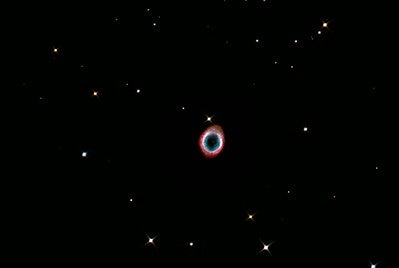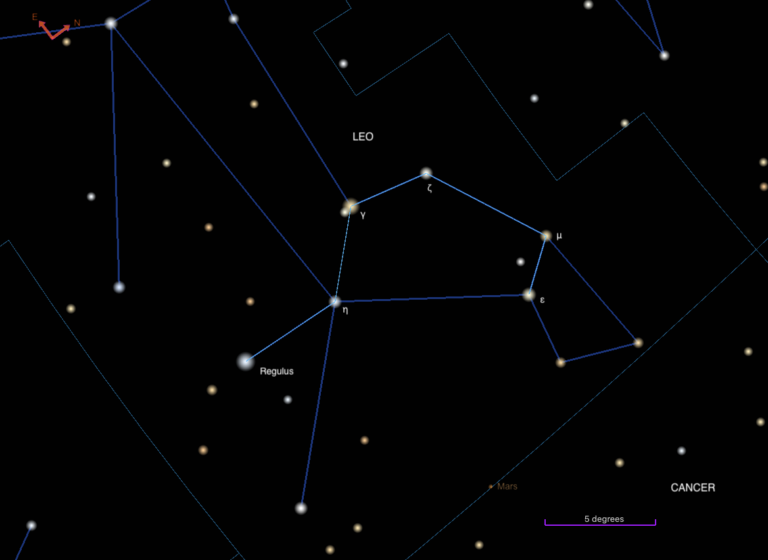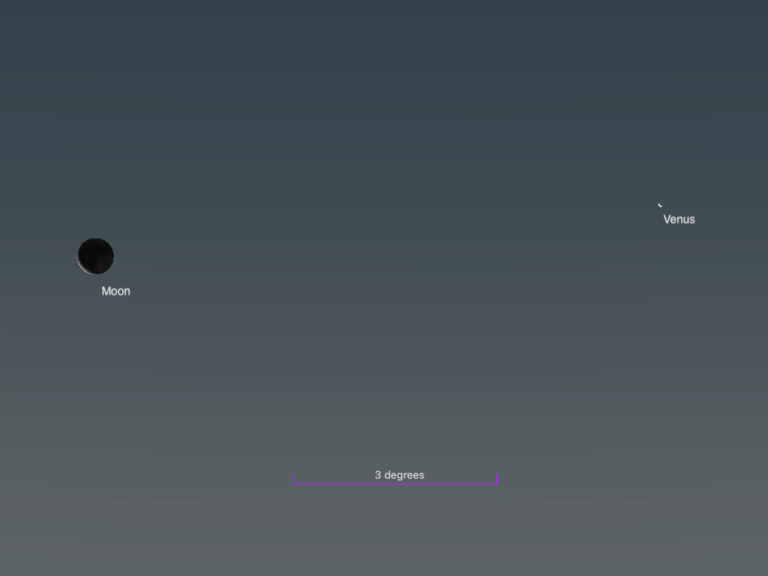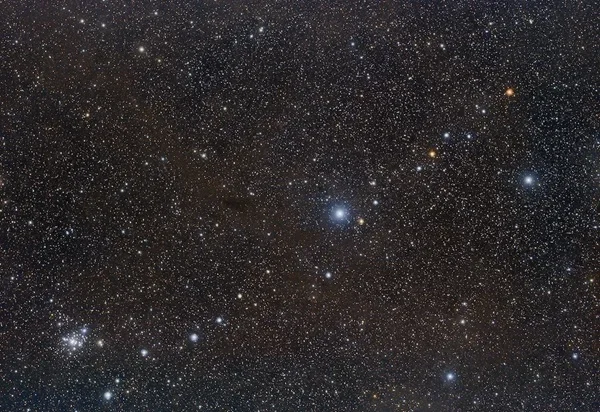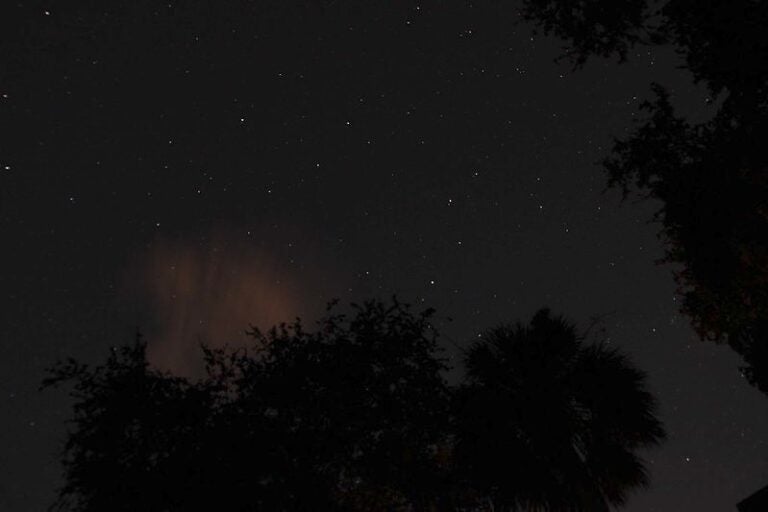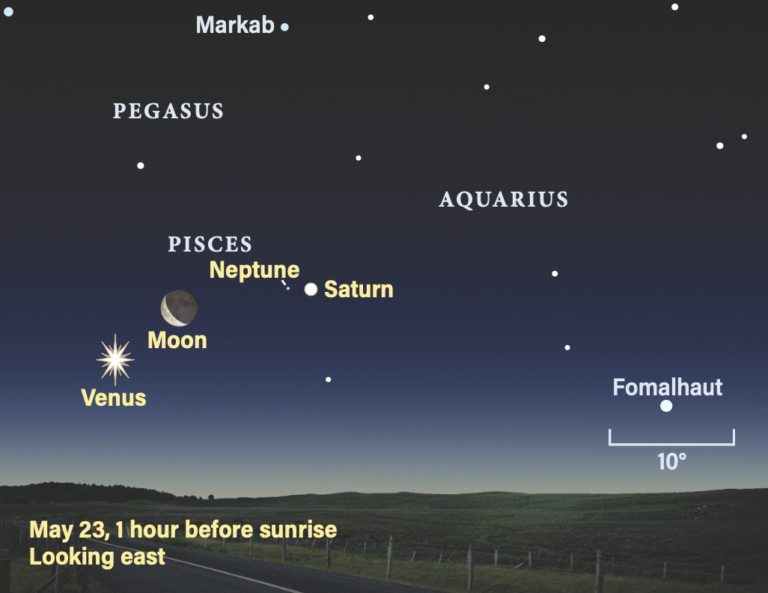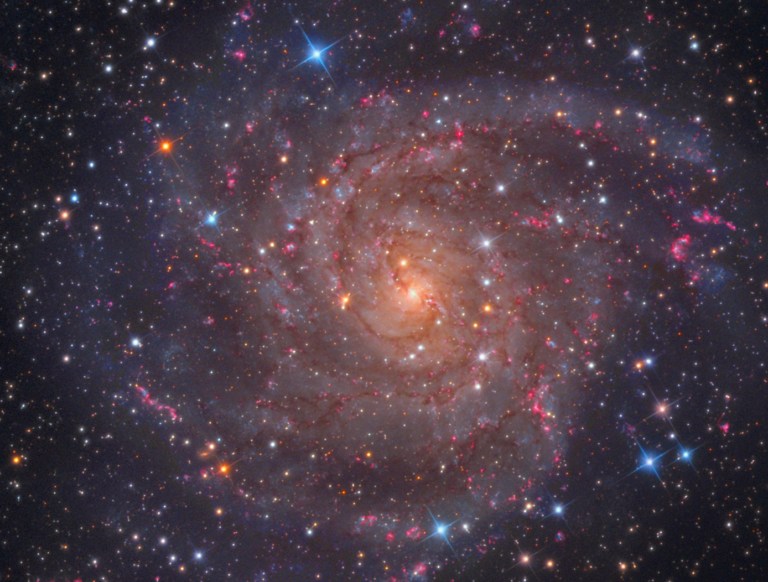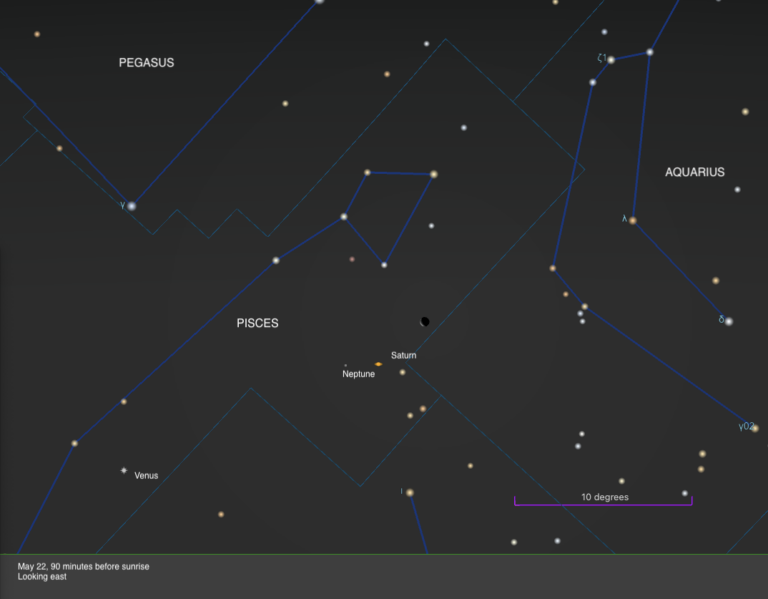The Ring Nebula (M57) was first discovered in the winter of 1779. But by whom? Some claim it was French astronomer Antoine Darquier de Pellepoix, while others insist it was Charles Messier. However, most historians now seem to agree it was indeed Messier who found it first.
The Ring Nebula is the sky’s most famous example of a planetary nebula. Messier described it as “very dull, but perfectly outlined; as large as Jupiter and looks like a fading planet.” This analogy to a planet led William Herschel to coin the term — which, even though it is scientifically inaccurate, we still use today.
Interestingly, while many early telescopic observers referred to objects that we now know are star clusters as “nebulae,” they consistently thought the opposite of M57. The Ring Nebula was often misclassified as a star cluster. It was not until 1864, when English astronomer William Huggins conducted pioneering spectroscopic studies of M57, that its true nature came to light.
Appearing as a dim star along the south side of Lyra the Lyre’s rectangular frame, the Ring can still be spotted through binoculars and finder scopes. Its famous doughnut shape becomes clear at magnifications between about 100x and 150x. Although the Ring appears smooth and evenly bright through smaller instruments, 8-inch and larger scopes will reveal some bright and dark irregular patches around its surface.
The Ring Nebula resides about 2,000 light-years from Earth and stretches about 1 light-year across. For years, astronomers believed it was cylindrical, with its long axis aimed toward Earth. But we now know it’s much more complex. An outer shell of nitrogen appears red in deep images, while an inner shell of hotter oxygen takes on a green hue. The blue interior (due to copious helium) sports a football shape that’s projecting outward toward us. And in the center of it all is the white dwarf responsible for the Ring.
Glimpsing M57’s central star, which feebly shines at 15th magnitude, is one of the great observing challenges. Its relative lack of light is further confounded by the brightness of the Ring’s central region, which washes it out. Seeing the white dwarf requires a large aperture, transparent skies, and steady seeing. Without all three, it will remain invisible.
Make sure to explore Astronomy’s full list of 101 cosmic objects you must see. New entries will be added each week throughout 2022.
To get the latest astronomical news and observing content delivered directly to your door, subscribe to Astronomy magazine today!

